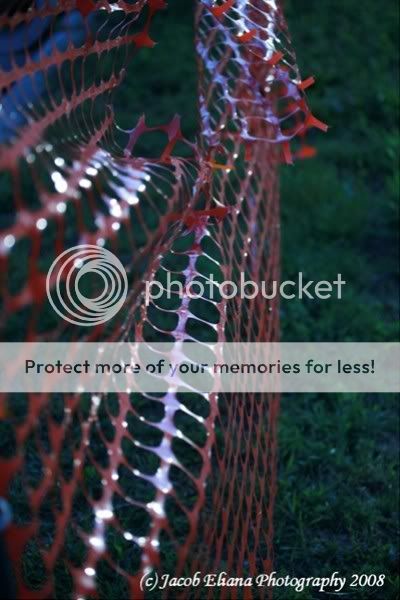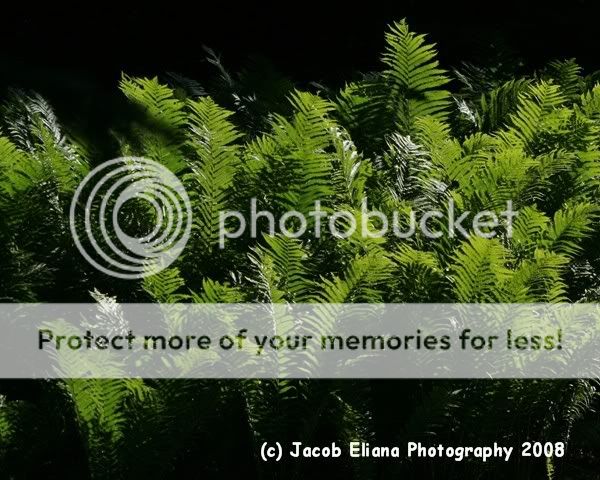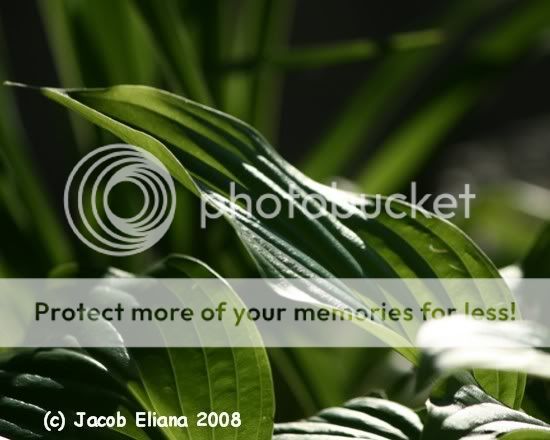Rachel Foster
New member
I've come to realize scenics are not for me, not right now. I think what I truly am trying to shoot is abstracts, whether found in nature or on the street. I will soon embark on Asher's plan of study, but first I want to know if I'm heading in the right direction.
My plan is to post a few images that I find intriguing. I'm asking if -- in this type of shot -- my eye is developed enough to pursue this line right now. I'll say right up front that I know I need to develop my sense of composition.
So....honest, brutal feedback is what I'm asking for. I think there might be something in these worth pursuing. What do you think?

My plan is to post a few images that I find intriguing. I'm asking if -- in this type of shot -- my eye is developed enough to pursue this line right now. I'll say right up front that I know I need to develop my sense of composition.
So....honest, brutal feedback is what I'm asking for. I think there might be something in these worth pursuing. What do you think?







